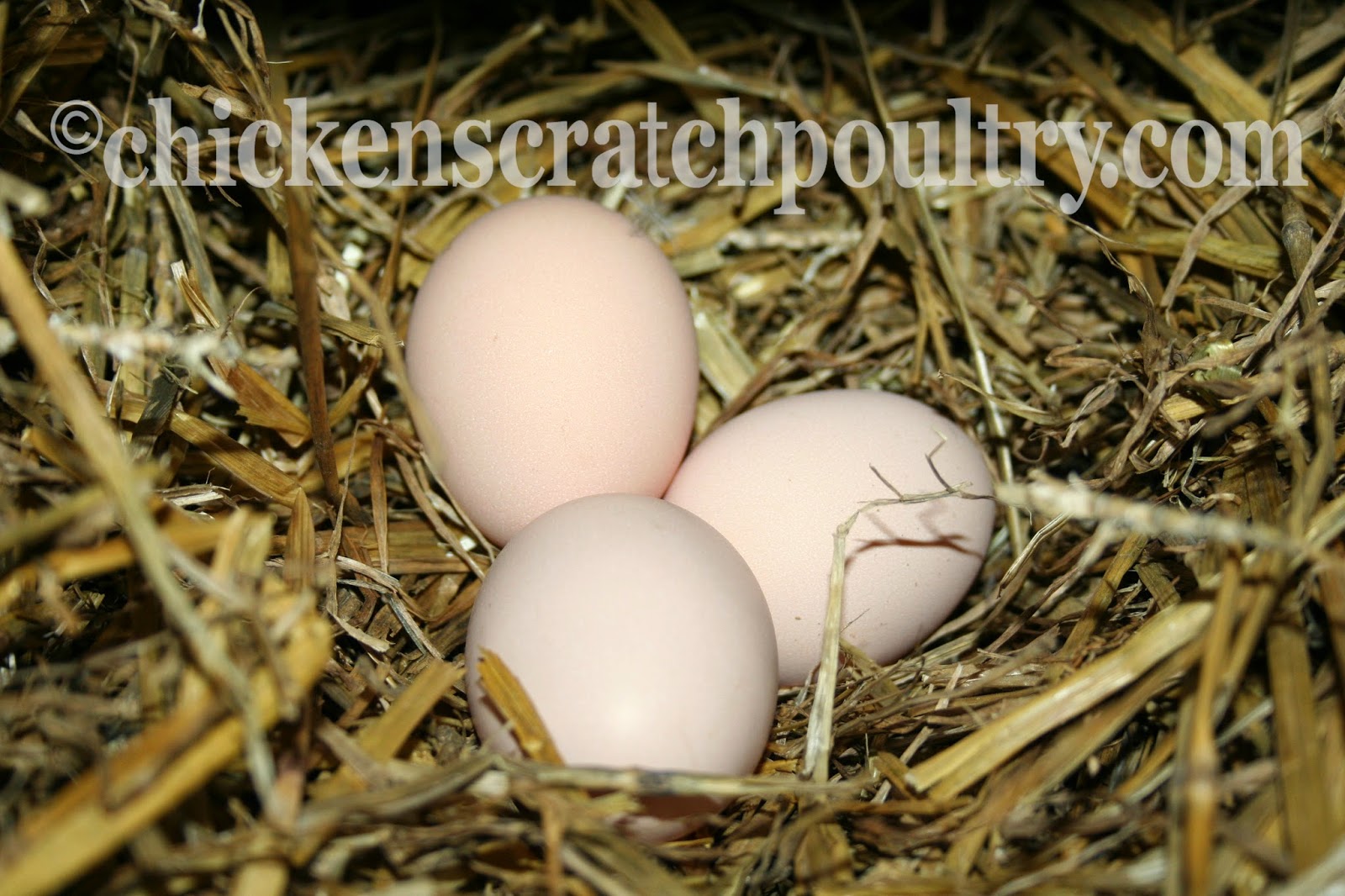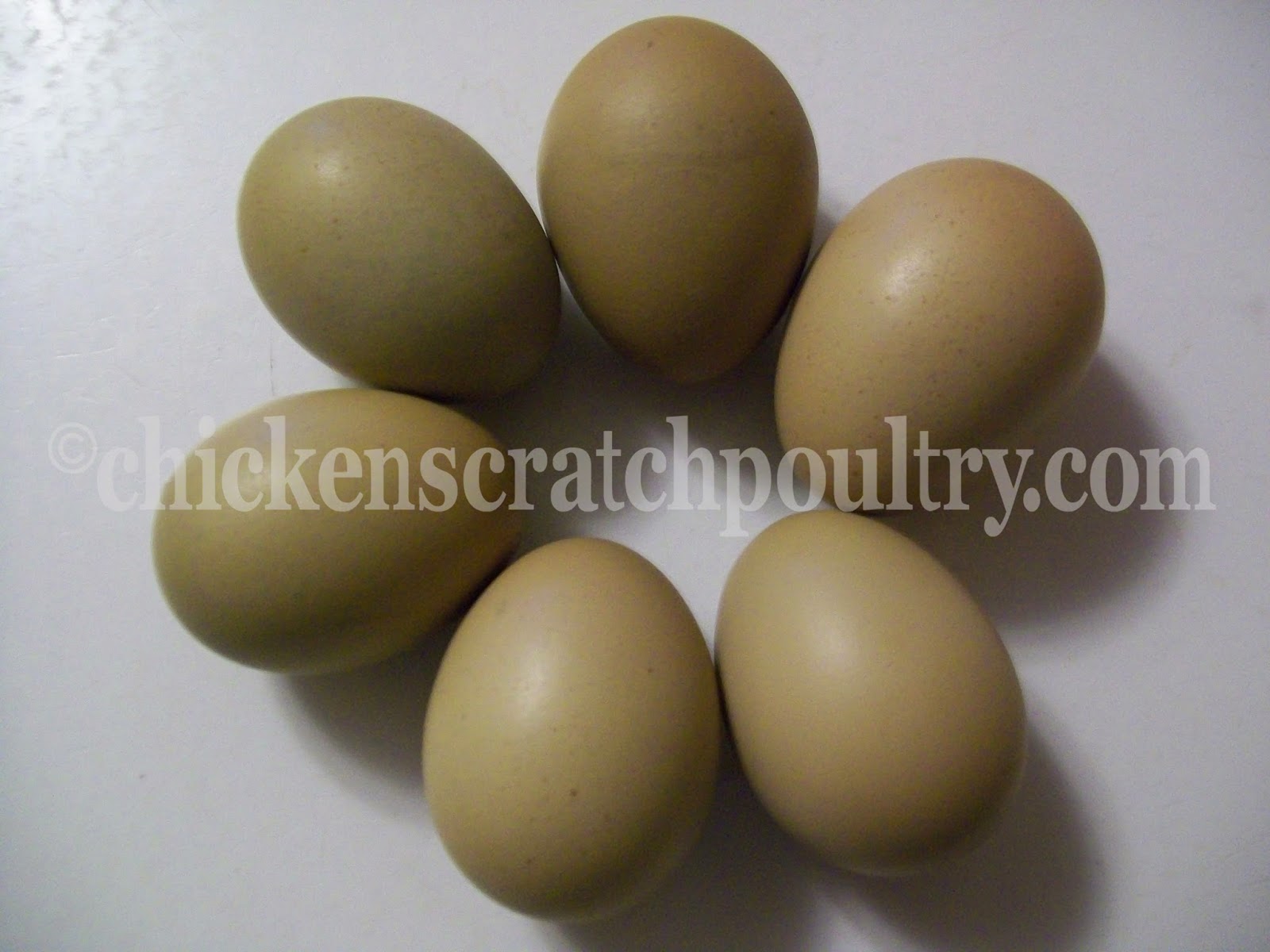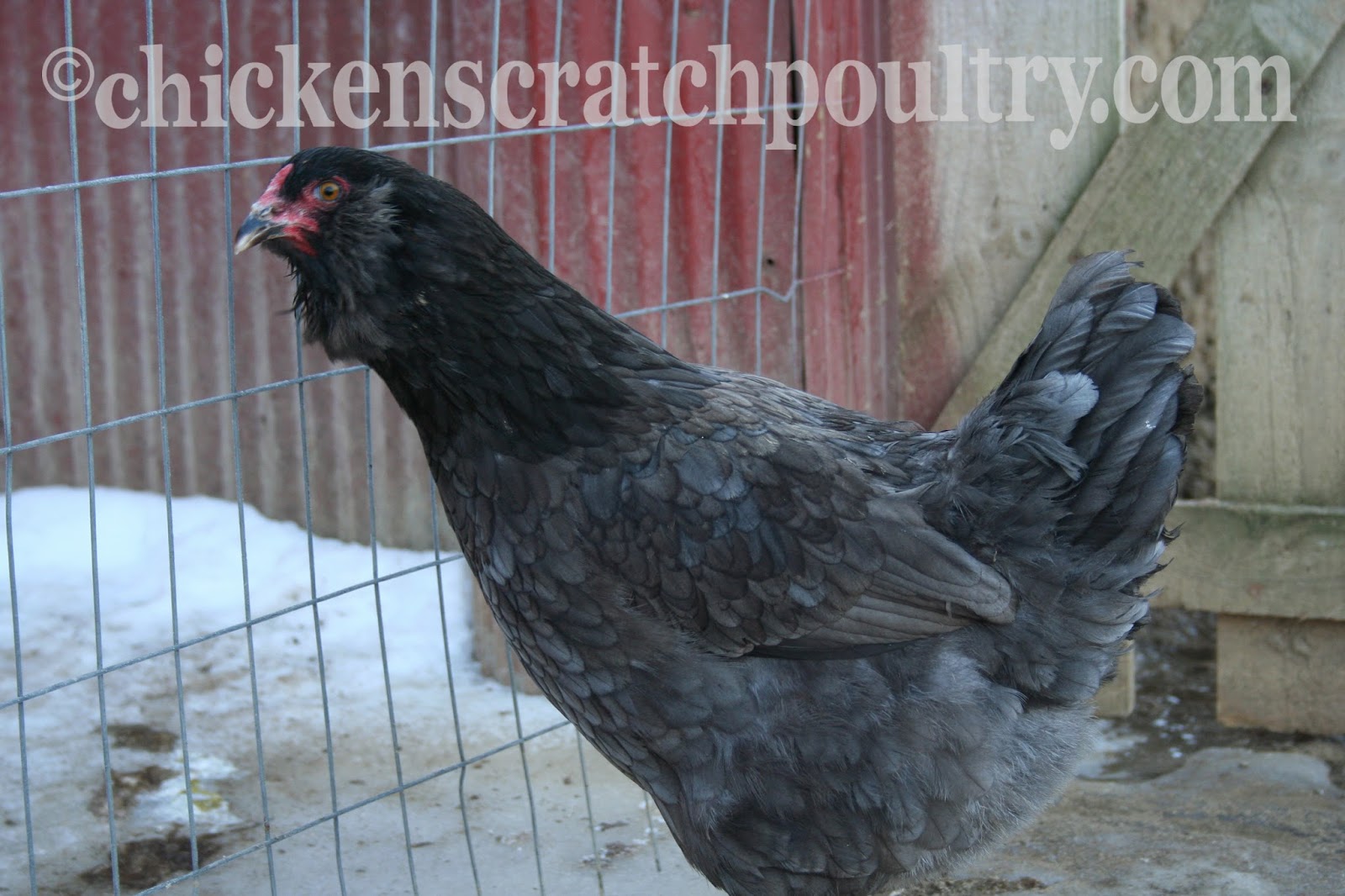 So let's talk out the majestic Coronation Sussex. This breed was imported by Greenfire Farms about 4 years ago, I watched on the internet as the first pair of Coronations to be offered to the public here in the US sold for $5000.00 a pair. I was totally amazed! I kept this bird in the back of my mind and watch and waited as the prices began to drop to a point where a small farm like ours could consider obtaining this breed. About 3 years ago I purchased my first pair of Coronations and you would have thought the Royal couple themselves had arrived to the farm. When I opened that box and seen those two beautiful fluff balls that resembled cotton candy, I fell in love! We kept those two birds locked away so tight they hardly seen the light of day. My mother convinced me that they needed some day light. She said, "Angie they look a little pale they need some sun light" I said "mom, you don't understand this is his Majesty and her Highness, I can't just let them run around the yard." I finally did allow them to see day light, I just didn't take my eyes off of them.
So let's talk out the majestic Coronation Sussex. This breed was imported by Greenfire Farms about 4 years ago, I watched on the internet as the first pair of Coronations to be offered to the public here in the US sold for $5000.00 a pair. I was totally amazed! I kept this bird in the back of my mind and watch and waited as the prices began to drop to a point where a small farm like ours could consider obtaining this breed. About 3 years ago I purchased my first pair of Coronations and you would have thought the Royal couple themselves had arrived to the farm. When I opened that box and seen those two beautiful fluff balls that resembled cotton candy, I fell in love! We kept those two birds locked away so tight they hardly seen the light of day. My mother convinced me that they needed some day light. She said, "Angie they look a little pale they need some sun light" I said "mom, you don't understand this is his Majesty and her Highness, I can't just let them run around the yard." I finally did allow them to see day light, I just didn't take my eyes off of them.It wasn't the cost of the bird that amazed me so much as it was the bird it's self. The size, color and disposition. The Coronation Sussex are a gentle giant. This breed is so large that they will not roost up high like most poultry. They are happy to sleep in the coop on a pile of straw. This big bird can be kept confined with a fence no taller than 18 inches, they are so large and lazy they would never consider jumping up high to roost or jumping over a small fence. They do need a large nesting box on the ground also.

The Coronation Sussex originated in England where it was created for King George. Although the Coronation are rare in the US, it is even more rare in England where it is believed that only 50 birds of this variety remain.
The Coronation is our top bird recommended for butchering, it was created for the King's table so what more proof do you need. They are fast growing and require plenty of room. The chick pictured to your right is about 10 weeks old and just beginning to get the lavender coloring on the neck. Even at this age they are a good sized bird.

The Coronation Sussex are very sweet bird and make great pet's and do well with kids. They are good layers of a cream colored egg, we have several hens that lay a double yolk. They have pearl white feathering with a lavender mane and lavender tail. The hens and roosters are both very docile, friendly and curious birds. The hens will become broody and want to raise chicks. I don't recommend this breed for people who live in really hot climates. We do have very hot summers here in IL and the Coronation require a fan during those times. They will just stand in front of the fan all day with wings spread. You need to be willing to provide a fan. They seem to be fare weather fowl. They will only come outside on perfect days, not to hot, not to cold, not to windy. They do a lot of looking out the barn door wondering if it's nice enough to go outside today. Although the Royal family can do as they please.
This must have been a perfect evening, not to sunny, not to cloudy, not to windy, as the royal family decides to take an evening stroll.
I really enjoy this breed, the hens have a playful disposition that just make me laugh to watch them. So funny to see these fat girls run with wings out spread as they attempt to catch grasshoppers.
Wishing you a wonderful weekend!
Angie














